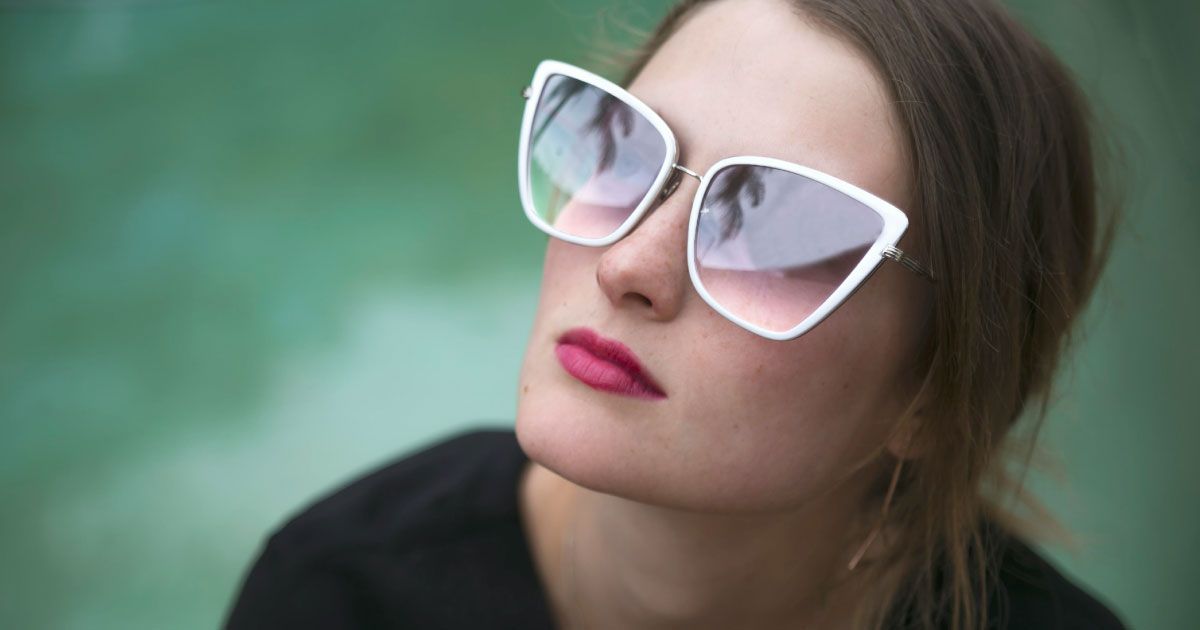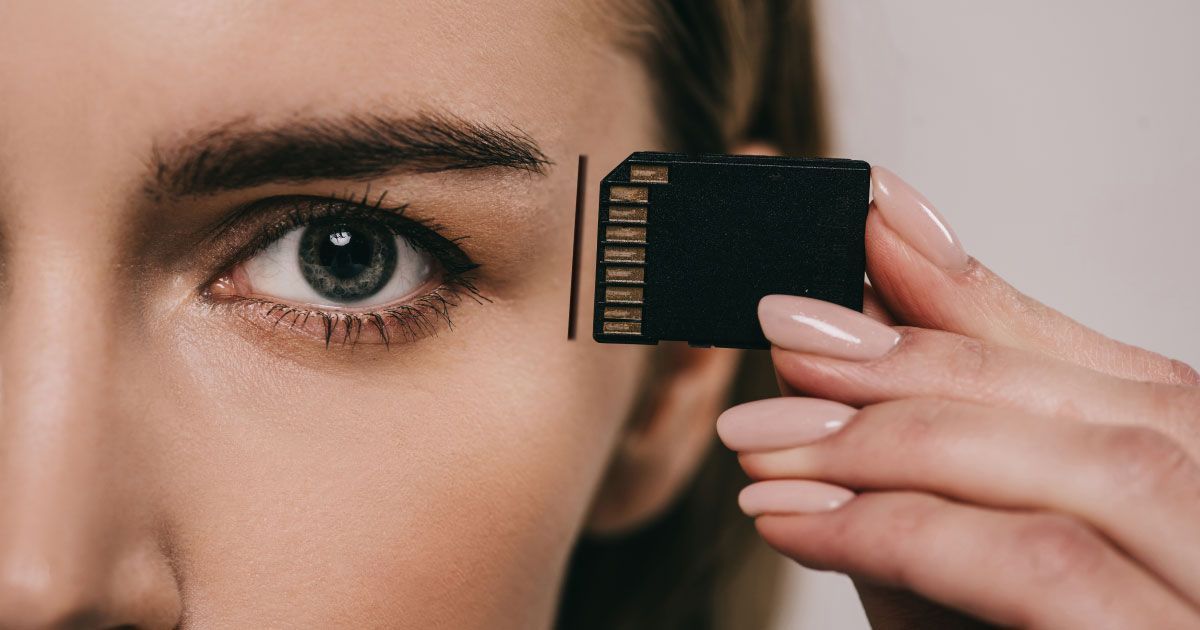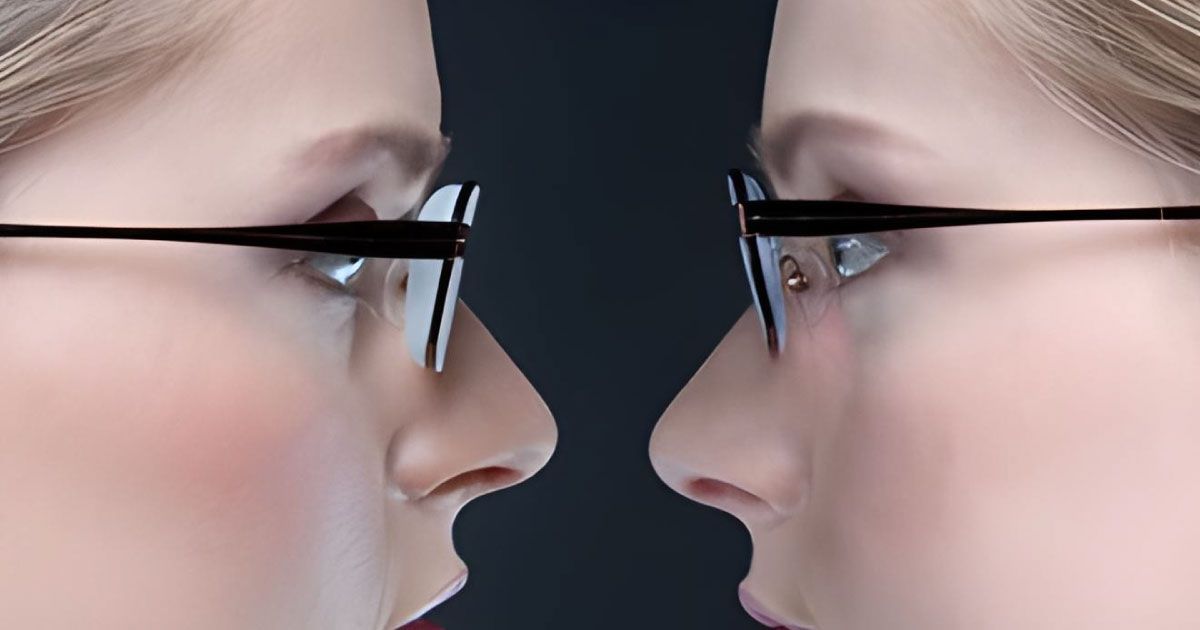The Truth About Eyewear: Budget vs. Independent Luxury Lines

Read time: 4 minutes
In the world of eyewear, consumers face a crucial choice: opt for budget eyewear or designer-labeled products, which are often mass-produced with lower quality materials, or invest in independent luxury eyewear, which offers handcrafted, high-quality products. In this blog, we'll take a deeper dive into this distinction and explore why independent luxury eyewear is a superior choice.
The Allure of Designer-Labeled Eyewear
Designer-labeled eyewear has long held a prestigious position in the fashion industry. Brands like Gucci, Prada, and Ray-Ban have gained recognition for their stylish designs and endorsements by celebrities. However, there's a catch that many consumers may not be aware of—the majority of these designer-labeled eyewear products are mass-produced and manufactured with materials that do not match their premium price tags.
Mass Production and Lower Quality Materials
Designer eyewear brands often mass-produce their frames in large factories to meet the demand for their products. This mass production means that the individual attention and quality control often associated with luxury products are sacrificed for the sake of quantity. As a result, even though you may be paying a premium for a designer label, the eyewear might not meet the high standards you expect.
Furthermore, these brands sometimes use materials that are not commensurate with their high prices. Cheap plastics and subpar metals are used in the manufacturing process, which can lead to issues such as frames breaking or lenses easily scratching. The result is that consumers may end up paying a premium for a product that lacks the longevity and quality they expect.
Budget Eyewear - A Temporary Fix
On the other end of the spectrum, budget eyewear offers affordability but comes with its own set of concerns. While these options can be a cost-effective solution in the short term, they typically lack the quality and craftsmanship associated with luxury eyewear. Budget eyewear brands, much like designer labels, often prioritize cost-cutting in the manufacturing process.
In many cases, budget eyewear is produced in bulk, using inexpensive materials and standard designs. While these products may serve their purpose, they often lack the durability and sophistication that come with high-quality, independent luxury eyewear.
Independent Luxury Eyewear - The Hidden Gem
The often-overlooked solution in the eyewear market is independent luxury lines. These brands are small, artisanal, and dedicated to producing high-quality eyewear that stands in stark contrast to mass-produced designer and budget eyewear. Here's why independent luxury eyewear is a hidden gem:
- Handcrafted Perfection: Independent luxury eyewear is typically handmade by skilled artisans who take immense pride in their work. This meticulous craftsmanship ensures that every frame is a work of art, unlike the machine-produced options found in mass-market eyewear.
- Superior Materials: These independent brands often source their materials from the finest suppliers, ensuring their frames are made from high-quality materials such as Italian acetate, premium metals, and top-tier lenses. The emphasis on materials not only enhances the longevity of the product but also provides an unparalleled sense of luxury.
- Unique Designs: Independent luxury eyewear brands often experiment with unique, avant-garde designs, setting them apart from the homogenous offerings of mass-produced eyewear. This uniqueness allows consumers to make a statement with their eyewear while supporting independent creators.
- Personalized Service: Many independent luxury eyewear brands provide a personalized shopping experience, offering custom fittings and prescription lenses. This level of care and attention to detail ensures that customers receive eyewear tailored to their specific needs.
- Sustainability: Independent luxury eyewear brands are often more environmentally conscious in their production processes, utilizing sustainable materials and responsible manufacturing methods. By choosing independent luxury eyewear, you're not only investing in quality but also contributing to a more sustainable future.
The Investment That Pays Off
While the upfront cost of independent luxury eyewear may seem steep, it's important to consider the long-term value. Quality craftsmanship and superior materials mean that these products often outlast their mass-produced counterparts. By investing in independent luxury eyewear, you not only enjoy a premium and unique product but also reduce the environmental impact by opting for long-lasting, sustainable eyewear.
The Takeaway
The choice between budget, designer-labeled, and independent luxury eyewear ultimately comes down to individual priorities. While designer brands may offer a recognizable name and budget eyewear may provide immediate cost savings, independent luxury lines reign supreme when it comes to quality, craftsmanship, and uniqueness. Investing in independent luxury eyewear is not just about fashion; it's a statement of value, sustainability, and appreciation for true craftsmanship. Your eyes deserve the very best, and independent luxury eyewear provides just that. So, the next time you're in the market for eyewear, consider the long-term benefits of investing in a pair that's meticulously crafted with care and built to last. Your eyes will thank you for it.
Share this blog post on social or with a friend:
The information provided in this article is intended for general knowledge and educational purposes only and should not be construed as medical advice. It is strongly recommended to consult with an eye care professional for personalized recommendations and guidance regarding your individual needs and eye health concerns.
All of Urban Optiks Optometry's blog posts and articles contain information carefully curated from openly sourced materials available in the public domain. We strive to ensure the accuracy and relevance of the information provided. For a comprehensive understanding of our practices and to read our full disclosure statement, please click here.


















